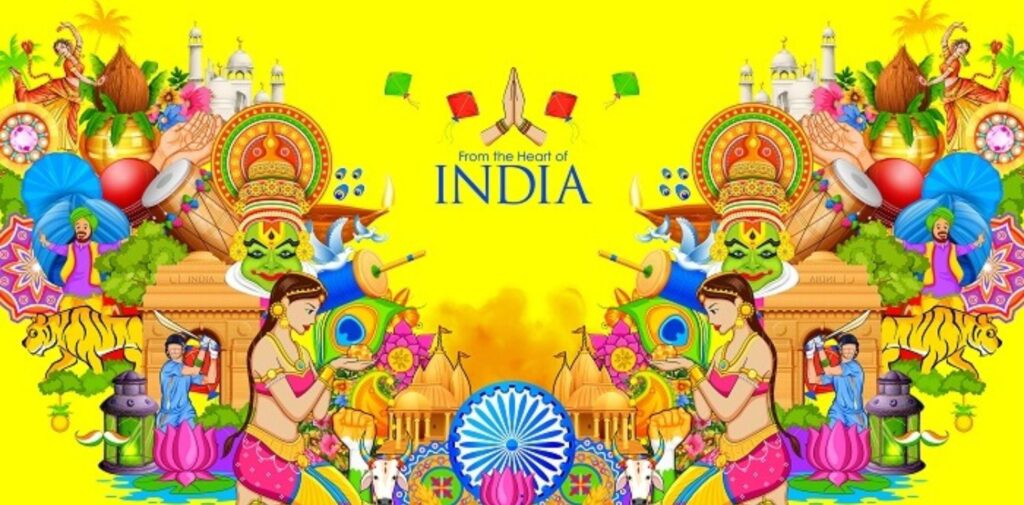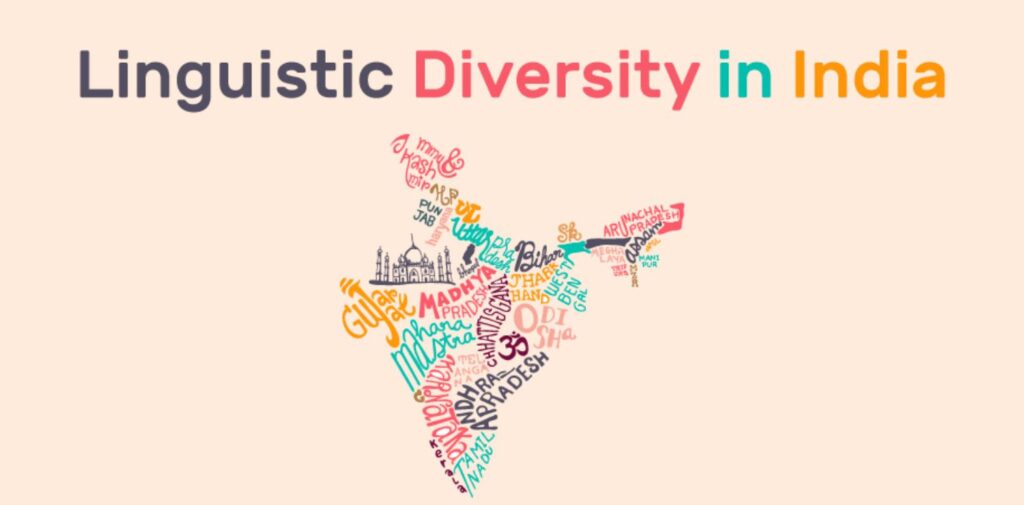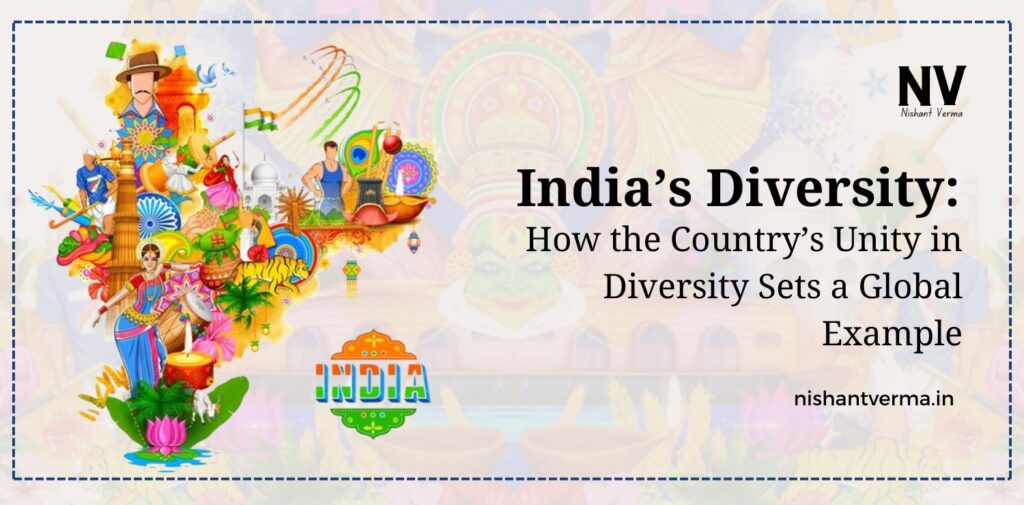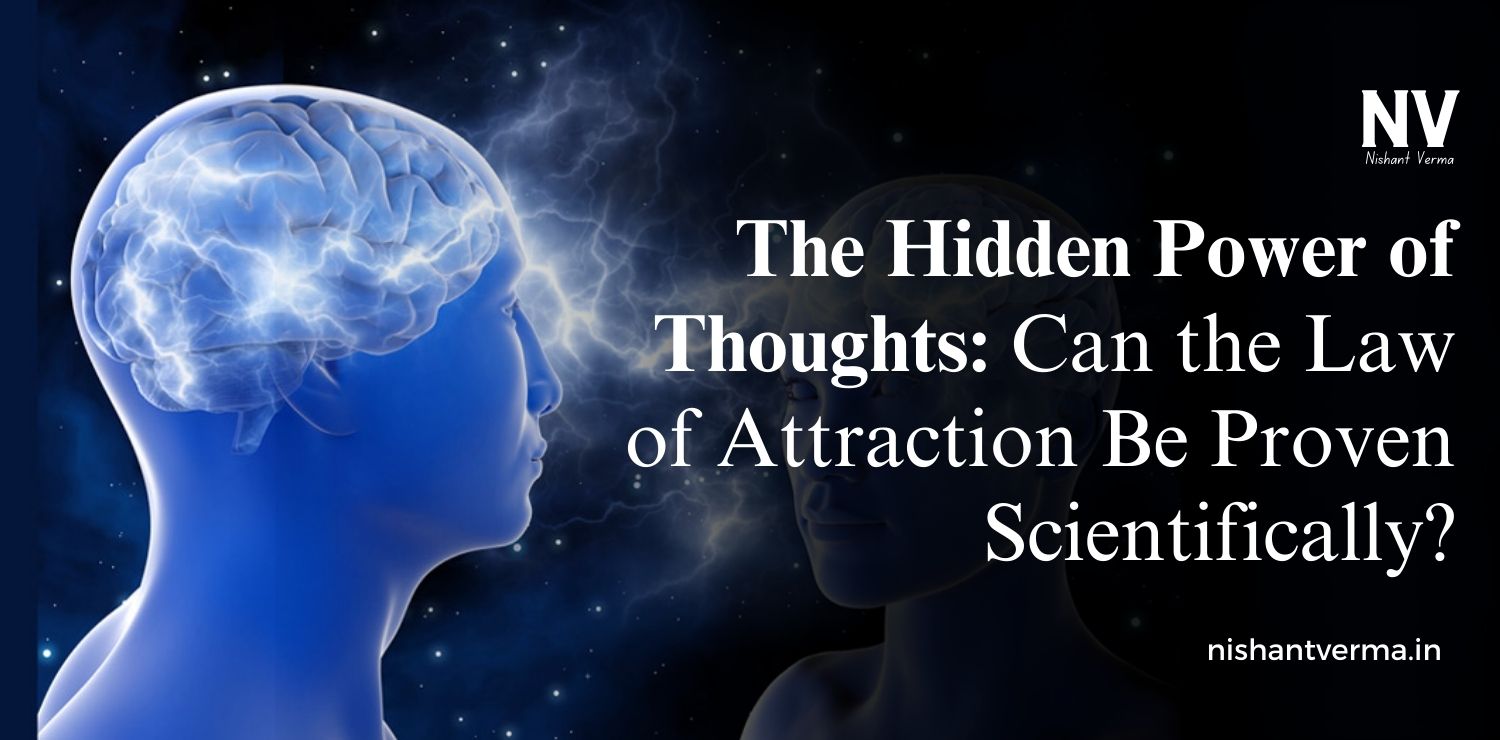India is a land of breathtaking diversity. With its vast landmass, varied geography, multiple religions, languages, cultures, and traditions, India presents a beautiful mosaic of diversity that is rarely found anywhere else in the world. This diversity is not only celebrated but is also seen as one of India’s greatest strengths. The concept of “Unity in Diversity” is central to India’s identity, and it is this unity that makes India an example for the rest of the world.
In this article, we will explore the different aspects of India diversity, how it contributes to the strength of the nation, and why this unity amid diversity sets a global example.
India’s Cultural Diversity
India is a country where every region has its own unique culture, traditions, food, music, dance forms, and festivals. The diversity in culture can be seen across the country from the snow-capped mountains of the North to the tropical beaches in the South. Each state has its own distinct way of life, shaped by its history, geography, and people.
For example, in Punjab, you’ll find people celebrating Baisakhi, enjoying the energetic Bhangra dance, and relishing the taste of mustard-flavoured food. In contrast, people in Tamil Nadu celebrate Pongal, a harvest festival, with classical dances like Bharatanatyam and enjoy rice-based dishes with a touch of local spices. From the vibrant celebrations of Holi in North India to the boat races of Kerala in the South, every state has its own charm, yet they all come together to form the rich cultural fabric of the nation.

India Religious Diversity
India is home to almost every religion in the world, making it one of the most religiously diverse countries on the planet. The major religions practised in India are Hinduism, Islam, Christianity, Sikhism, Buddhism, and Jainism. Each religion has its own places of worship, rituals, festivals, and religious practices. Despite this wide array of beliefs, people in India coexist peacefully, sharing common values such as respect for one another and tolerance.
The Hindu festival of Diwali is celebrated with lights, sweets, and fireworks, while Muslims celebrate Eid with prayers and feasts. Christians in India celebrate Christmas with grand church services and family gatherings, while Sikhs celebrate Guru Nanak Jayanti with processions and prayers. Despite these religious differences, people often join in the celebrations of each other’s festivals, sharing joy, food, and happiness. This spirit of togetherness in diversity is what makes India stand out as a nation.
Linguistic Diversity
India’s linguistic diversity is another remarkable feature that reflects its cultural richness. The Constitution of India recognizes 22 official languages, including Hindi, Bengali, Telugu, Marathi, Tamil, Urdu, Gujarati, Malayalam, and Kannada, among others. Besides these, there are hundreds of regional dialects spoken across the country. The language spoken often differs from state to state, and even within states, you’ll find a wide variety of local dialects.
Despite this linguistic diversity, there is a sense of unity in communication. Hindi, the most widely spoken language, serves as a bridge language, but people in India are generally bilingual or multilingual, often switching between languages with ease. This ability to communicate in multiple languages reflects the adaptability and unity of the people. People from different linguistic backgrounds find ways to understand each other and work together, strengthening the idea of a unified nation.

India Ethnic Diversity
India is home to a rich variety of ethnic groups, each with its own traditions, lifestyles, and ways of thinking. From the fair-skinned people of the North to the darker-skinned tribes of the Northeast, India’s ethnic diversity is both striking and harmonious. The indigenous tribes, also known as Adivasis, who live in the forests and hilly regions of India, have their own languages, traditions, and ways of life.
India is also home to people from different backgrounds and origins. There are communities of people from Nepal, Tibet, Bangladesh, and even African nations who have made India their home. This diversity in ethnicity and heritage contributes to the country’s rich and unique cultural landscape. Despite their different ethnic backgrounds, the people of India have found ways to live together with respect and understanding, showing that diversity in ethnicity does not lead to division but to enrichment of the society.
Political Unity Despite Differences
India is a federal republic, meaning it has a system of government that divides power between a central government and various state governments. This system helps preserve the autonomy of each state while maintaining the unity of the nation. Despite the huge political diversity, with different political parties representing different interests and ideologies, India’s democratic system provides a platform for people to voice their concerns, solve conflicts, and make decisions together.
The unity of India is also reflected in the fact that all people, irrespective of their political beliefs, work together to protect the democratic values that unite them. Elections in India are a lively demonstration of the country’s political diversity, where people from various political parties contest, but the result is always a peaceful transfer of power. This system of democracy and respect for others’ views and choices ensures that even with political differences, there is a shared commitment to the country’s growth and development.
Role of Education in Promoting Unity
India’s education system plays a critical role in fostering unity in diversity. Students from diverse backgrounds, ethnicities, and religions study together, interact, and learn about each other’s cultures. Schools and universities often organize cultural programs, festivals, and events that allow students to explore and appreciate the rich cultural diversity of the country. This interaction from a young age helps foster a sense of respect and understanding among future generations.
Furthermore, India’s Constitution emphasizes the values of secularism, equality, and fraternity. It encourages the younger generation to respect differences and live together in harmony. The educational system, through its curriculum, promotes the idea that diversity is not something to fear or reject but to celebrate and learn from.

A Global Example of Unity in Diversity
India’s unity in diversity is a shining example to the world. In a world that is increasingly divided by differences in culture, religion, ethnicity, and language, India proves that people can live together in peace and harmony despite their differences. The strength of India lies in its ability to come together as one nation, embracing the diversity of its people and using it as a source of collective strength.
India’s message to the world is clear: Unity does not mean uniformity. It means finding common ground while respecting differences. It means acknowledging that our differences make us unique but that our shared values and goals are what unite us. The world today needs this lesson more than ever, especially as global conflicts arise from intolerance and lack of understanding. India’s example of “Unity in Diversity” provides hope for a better, more peaceful world where diversity is seen as a strength, not a source of division.
Conclusion: India Diversity
India diversity is its strength. From its varied cultures and religions to its multiple languages and ethnic groups, the country stands as a living example of how people from different backgrounds can come together to form a strong, unified nation. The concept of “Unity in Diversity” has helped India maintain peace and progress, making it a model for the rest of the world. As India continues to grow, its diversity remains one of its most cherished assets, and its example of unity in diversity serves as a beacon of hope for nations around the globe.
In a world that often faces challenges of division, India’s ability to embrace differences and work together for a common purpose reminds us that true strength lies in unity, no matter how diverse the individuals may be.




